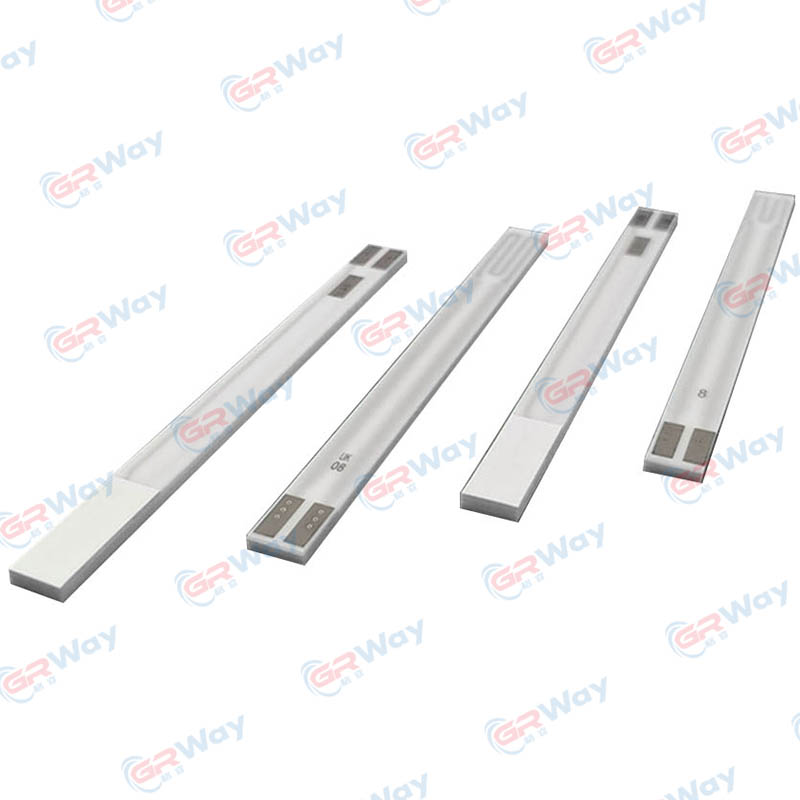Why is the Oxygen Sensor Heating Element called the "Warm-Up Hero" hidden in the exhaust pipe?
2025-07-30
On winter mornings, when you start your car, white smoke billows from the exhaust pipe—did you know that deep inside the exhaust pipe, a ceramic coil thinner than a matchstick is quietly heating up? It's the "heart" of the oxygen sensor: the Oxygen Sensor Heating Element.

Hyundai's "environmental guardian," the Oxygen Sensor Heating Element, requires temperatures exceeding 300°C to accurately analyze exhaust gas composition. Imagine this: without this small coil carrying current to actively "warm up" the sensor during a cold start, the engine would have to slowly heat it up, taking several minutes! During this time, the car would be like driving blindly—fuel consumption soaring and exhaust emissions skyrocketing.
"It helps protect the environment from the very first second of ignition," said engineer Li Tao, holding up the sesame-sized ceramic coil. This unassuming platinum coil heats the sensor to operating temperature in 30 seconds, with a temperature control accuracy of up to 0.1 amperes. While most people still complain about fuel consumption in cold cars, this hair-like piece of metal quietly reduces harmful carbon monoxide in exhaust by 60%.
Technological upgrades are making this "little hero" even more powerful. The new generation of zirconium oxide-based ceramic components not only improves sulfur poisoning resistance fivefold, but also boasts a lifespan exceeding 150,000 kilometers. In a Shanghai laboratory, engineers jokingly call it the "heat pack in the tailpipe": "It ensures the implementation of the 'National VI' emission standards, even in the extreme cold of -30°C in Northeast China."
From the lab to the street, this fingernail-sized oxygen sensor heating element reduces global carbon emissions by millions of tons annually. The next time you start your car, remember this glowing "little furnace core" hidden deep in the steel jungle, protecting the blue sky with its warmth.



























